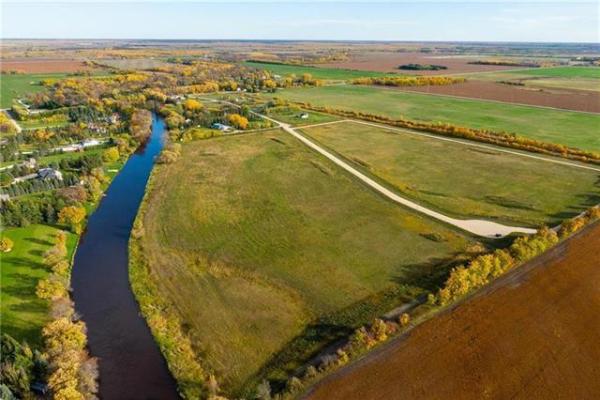QUESTION: We just went through all your articles from the Free Press concerning foundations, and while they did answer a lot of questions, we wanted to specifically ask about dry weather and the soil drying and pulling away from the foundation. In some places, we have large gaps.
Do we fill in the gap left by the soil pulling away with loose soil, or do we water the soil near the gap so it expands once again? Is there a better alternative? Hoping you can help.
Peggy and Dave
ANSWER: With the extremely dry weather in one of the driest summers ever experienced on the Prairies, I have seen your issue on numerous homes in the last few weeks. The soil surrounding most homes has shrunk so much that gaps of two to three centimetres between the concrete and the dirt are not uncommon. There may not be anything critical that you have to do, but I will offer some suggestions that may prevent problems related to this issue next year.
Because our wonderful soil in the Red River Valley is primarily composed of expansive clay, it has tendency to expand and contract significantly with varying precipitation levels. This may vary from complete saturation, where any additional rain or melted snow will not be absorbed, to extremely dry, where cracks and fissures appear in the surface.
This summer the latter has been seen due to almost three months of above-average temperatures combined with minimal rain. This issue may be even more dramatic because it follows two years of abnormally wet weather, when the soil reached saturation on more than one occasion. While it may be difficult to understand, the wetter the soil gets, the more it will shrink when it dries out, and that is why huge gaps are now being seen along your foundation walls.
The good news is this should not cause any significant issues for your home if your foundation is in good condition. If you have minimal or no significant cracking in the foundation walls, your drainage and weeping-tile system is working, and the damp-proofing on the outside the foundation is still intact, there should be little problem with the space beside the walls.
However, if there are problems with any of these systems, there is a greater chance of moisture intrusion into your basement because of the void. If we do have a significant downpour or heavy snow cover and spring melting, the space next to your foundation may allow easier access for water to flow through your foundation walls. If you have previously had seepage issues, you should take action now to prevent a reoccurrence next year.
The main thing you can do to prevent such a problem from happening is to add water to the soil right now. Slow watering of the soil around the foundation, before the weather turns cold and the ground freezes, is the way to go. This should be done slowly to return the soil to a more natural moisture content and to allow the parched earth to absorb this water and not have it all drain away.
If you add water to the soil too quickly it may either run down the dry surface and drain too far away from the house for any major benefit or toward the foundation and the large gap you have described. In that scenario, something designed to help prevent a seepage problem may actually cause it. Slow watering every few days, until you physically see the gap disappear and grass or other vegetation return to their normal colours, is recommended. If we do have a day or two of significant rainfall, then much less watering will be required.
You should not add more soil along the side of the foundation unless it has eroded as well as pulled away. In that case, topsoil or mixed soil could be added to build up the grading and provide a slope away from the foundation, but that should be done next spring, after the soil has regained a more normal moisture level.
You don't want to fill the gap with topsoil because this can be quite fine granular material that can wash through small gaps in the foundation if it becomes too wet. It may also push its way out of the crack anyway once the clay rebounds and expands as it gains moisture.
While it may counteract the normal cycle of the vegetation around your home, which should be drying out and preparing to go dormant for the winter months, watering to increase soil moisture is still needed. Avoid excessive fertilizers and chemicals that may absorb excess moisture and just add water. These chemicals, if you choose to use them on your lawn, are normally best applied early in the season next year after the ground has thawed for best performance. Watering trees and vegetation in the rest of your yard will also help with the dryness, as these may be seeking moisture a long way from their normal reach due to the recent dry summer.
While it may seem like a prudent step to fill in the gap between your dry soil and your foundation, it can work against you for the reasons presented. The complicated solution to your question is you should attempt to reach a median level of soil moisture, but the simple answer is to water the area slowly and frequently until the gap disappears.
Ari Marantz is the owner of Trained Eye Home Inspection Ltd. and the president of the Canadian Association of Home & Property Inspectors - Manitoba (www.cahpi.mb.ca). Questions can be emailed to the address below. Ari can be reached at (204) 291-5358 or check out his website at www.trainedeye.ca
trainedeye@iname.com



